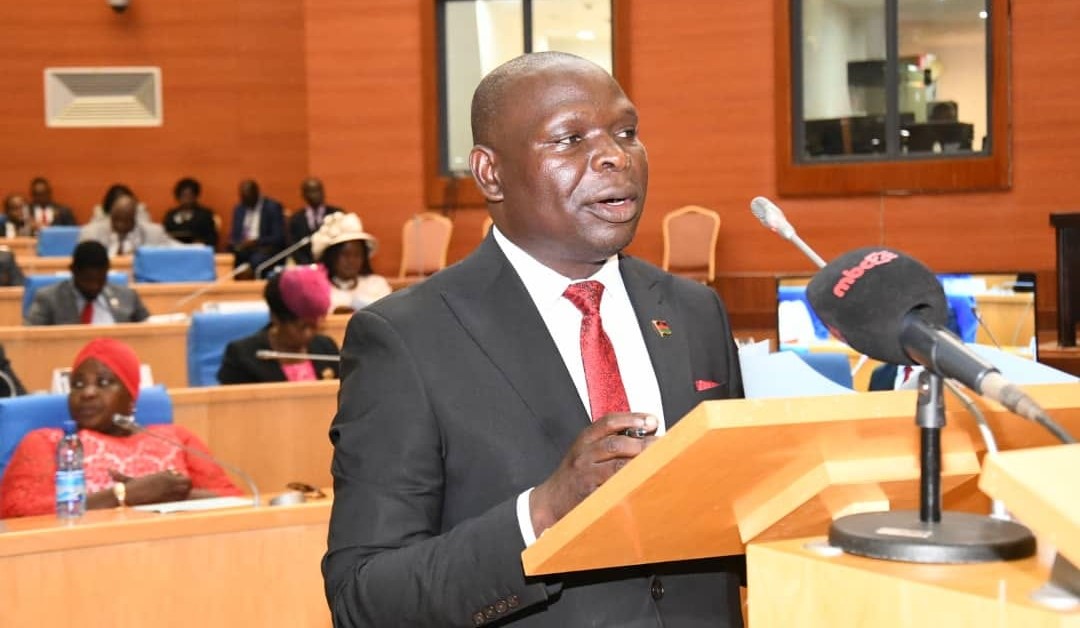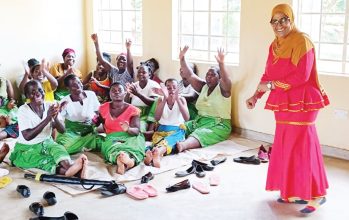Airborne survey to woo mining investors

The Ministry of Mining says the airborne geophysical exercise that Malawi is currently undertaking will help generate up-to-date geophysical information which will help attract increased investment into the mining sector.
The ministry has also indicated that a full report on the exercise, which commenced in September this year, is expected in three years time.
Principal Secretary in the ministry of Mining Leonard Kalindekafe told Business News this week after a half day media tour organised for Lilongwe-based journalists to appreciate the airborne geophysical survey.
“The aim of the survey is to generate up-to-date geophysical information which will be complemented by geological and geochemical information. This information will help in attracting local and foreign investors into the mineral sector,” said Kalindekafe.
He said the survey, known as Kawuniwuni wa ndege in vernacular, is being conducted within the context of the mining Governance and Growth Support Project (MGGSP) with support from the World Bank and European Union.
Kalindekafe said the project has a component which aims at promoting the mineral sector.
“The question everybody has been asking is that how come all these countries have got all these resources and why not Malawi and that has been our main challenges and myself as a geoscientist; we know that when the border demarcations were done, they were not necessarily done based on mineral occurrences and as such it is something we needed to answer,” he said.
He added that the survey equipment has been mounted on fixed wing aircrafts which are flying at 250 metres line spacing and ground clearance sixty plus/minus twenty metres in order to acquire high quality and purpose-oriented geo-scientific data.
He said in the current state of lack of knowledge, Malawi could be sitting on a huge reservoir of minerals which could be used to develop the country.
“When we combined all these puzzles, as a ministry we came to a conclusion that we needed to go back to the drawing board geologically speaking,” he said.
Previous surveys indicate that Malawi has over 30 million tones of rare eaths with a lifespan of over 30 years.
The Malawi Government has so far issued 65 mining licences, 43 of which are foreign while the rest are shared by local companies.





